In a medical sense, the cause of plantar fasciitis is poorly understood, even among podiatrists. What is much better understood, however, is the foot pain that it causes.
In the case of this foot condition, there are a variety of treatments. One way to alleviate pain is with comfy shoes that support the foot instead of constricting loafers or too-tight sneakers.
For the uninitiated, we are going to provide a cursory look at what plantar fasciitis is. Next, we’ll give examples of how your choice of footwear can positively or negatively impact your plantar fasciitis. For our final segments, we’ll highlight a few of the best shoes for plantar fasciitis.
With some help from this article (and your doctor), a reduction in pain is only a few clicks away.
What is plantar fasciitis?
Plantar fasciitis is, medically speaking, the inflammation of the plantar fascia. This ligament connects the heel of your foot to your forefoot. It supports the shape of your foot arch naturally. When it is inflamed, it can cause a sharp, stabbing pain in the foot.
The plantar fascia becomes inflamed when an undue degree of pressure is placed on it. This pressure can come about in many ways, but the most common origins include footwear choice, weight, and athleticism.
Going to footwear choice first: The plantar fascia innately supports the arch of the foot. When your footwear doesn’t support this arch, inflammation can occur.
Flip-flops and flat clogs are among the biggest culprits when it comes to developing heel pain. They eliminate the natural arch of the foot and lead to overpronation, where the movement of the foot causes flattening.
Foot shape and foot health
Foot shape can also have serious implications for foot health. Flat feet can be even worse for pain than high arches. It can result in heel pain and other issues.
One condition that, surprisingly, has no bearing on plantar fasciitis is heel spurs. These are calcifications around the heel bone that may subtly change its shape. The two can often be confused due to their similarity.
When it comes to actual plantar fasciitis symptoms, the most immediate indicator is pain. It’s often acute, near the heel or the Achilles tendon, and is worse when first getting up. This can be in the morning or after long sedentary periods. If untreated, plantar fasciitis may cause you to alter your gait in a way that bunions form.
The above gives an all-around view of what plantar fasciitis is and what it does to the body. It’s not a terrible illness, but it primarily causes pain that can be, under the right circumstances, reversible. We’ll explore how to achieve that goal below.
How can your shoes help?
Conscious shoe selection and potentially the use of orthotic insoles offer the chance to reduce plantar fasciitis. The orthopedic solution would be to generally address issues with arch support. This could include inserts to reduce pressure on the plantar, special booties or even custom orthotics.
Your shoe selection is important for two key details: surface area and cushioning. High heels reduce the surface area but provide little cushioning. Flip-flops, as stated above, increase surface area too much as they go completely flat. Similarly, while dress shoes may have a natural arch, they often lack proper heel cushioning, instead opting for aesthetics.
An outsole or midsole made of foam or a similarly cushioned material can be of assistance here. For orthotics, a deep heel cup can help to simulate a proper arch. A shoe with cushioning can absorb a good deal of the pressure otherwise entering into the foot.
The best plantar fasciitis shoes share this essential quality: They truly support your feet. Good support for your feet reverberates throughout your body. It extends from your calf muscles and well into your overall skeletal system.
A high-quality shoe should be roomy — but not too much. Too-narrow or too-short shoes can scrunch your foot and alter the way it sits in your shoe. This can cause foot deformities as well as other far-reaching issues. Simply going from an improper fit to a proper one can lead to pain relief and all-day comfort.
At this point, we understand how shoes help us feel more comfortable. Now, all that remains is to reveal some of our top picks of slip-on shoes for plantar fasciitis.
Shoes to help with plantar fasciitis
Every piece on this list is going to be a slip-on shoe to make wearing them easier. When the plantar ligament is more sensitive, slip-on shoes may be an easier option.
The right shoes should be shock-absorbing to help reduce any plantar fasciitis pain. That’s just one small thing your new shoes should offer.
The other essentials can all be found below:
Prague
Our first offering on this list is the Prague, one of the top women’s shoes for plantar fasciitis. The outsole has bounceback and excellent thanks to the inclusion of Kiziks’ Rabbit Foam™. It’s not memory foam — it’s the evolution that goes beyond it.
A wide toe box gives your feet just the room they need, so there will be no more squished toes. With our Flex Arc™ that allows you to easily slip your Kiziks on, there won’t be any squished heels, either.
The upper of these casual shoes are made from breathable knit with a supportive footbed. That way, comfort is being given to your feet from every angle.
Another special detail: Rubber traction pods on the sole of the foot, making this piece slip-resistant. Do you need slip resistance from a pair of shoes meant for comfort? No, but it certainly helps, whether for walking shoes or running shoes.
A potential requirement that is excellent within the Prague is the removable insole. On the one hand, this means it can be easily cleaned to eliminate stinky shoes. On the other hand, it also means it can be removed, if needed, to fit orthotics. Truly supportive shoes support all user needs.
The Prague makes for a compelling casual shoe. It pairs well with plenty of outfits and offers great heel support and shock absorption. It’s also available in both men’s and women’s sizes.
Roamer
The Roamer, the next offering on display here, is designed to provide a seamless transition in its design. The heel and outsole are designed to have some unity in their material base. The result is a shoe that’s lush and comfortable from all angles.
Most shoes just provide cushioning through a light, bouncy outsole. This is not the case with the Roamer. Here, a special insole offers relief and comfort. As you move, the insole bounces back in response to your weight.
In short, for something like plantar fasciitis, where the pain comes from pressure on the foot, the Roamer is perfect. Don’t be kept weighed down by heel pain from plantar fasciitis. Get a shoe that supports you and lifts you up.
Vegas
For our next shoe, we head to a totally different aesthetic from what the previous two had to offer. The Vegas embraces classic style-shaping elements but uses a modern attention to quality to make it special.
Full-grain leather and a contrast-colored outsole offer great, versatile simplicity. You can dress the look up or down to modulate your style. Black and brown leathers are available, alongside dyed white, gray, and pink.
The Vegas is for people who want to take risks with style but play it conservatively when it comes to comfort. Traction pods on the Rabbit Foam™ outsole elevate the grip and bounce of the shoes.
Why choose slip-on shoes for plantar fasciitis?
There are plenty of footwear options for plantar fasciitis. Among all of these, why are slip-on shoes, of all things, an ideal option?
The first is ease. The core symptom of plantar fasciitis is pain. Specifically, pain that is prolonged and exacerbated by placing weight on the foot. Pushing from either the ball or heel can also cause pain.
In other words, the whole struggle of putting on traditional shoes is perfect for activating plantar fasciitis pain. The crushing of feet into heels, and the weight needed to fit them in, can be avoided. Kizik slip-on shoes are made to be accessible and able to be worn with only minimal exertion.
Getting the proper footwear is only one way to approach plantar fasciitis. Especially if a change in shoes doesn’t solve things, looking for inserts can be of significant help. Of course, not every shoe is built with inserts or orthotics in mind. Our removable insoles afford an extra bit of space.
The next essential detail in any shoe is support. Across our footwear, we offer both outsoles and insoles designed to respond to the natural movement of the foot. Plenty of podiatric issues originate from trying to force feet into shoes that don’t accommodate them. For once, choose shoes that were designed not only for style but for lifestyle.
At Kizik, we place accessibility and style in footwear at the forefront. Our aim is to create gorgeous shoes for people, regardless of age or ability. To explore other shoes and accessories, view our complete lineup of Kizik shoes.
Sources:
Plantar Fasciitis - Symptoms and Causes I Mayo Clinic


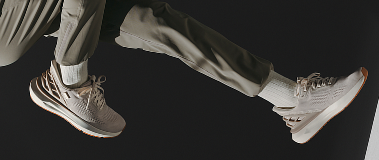


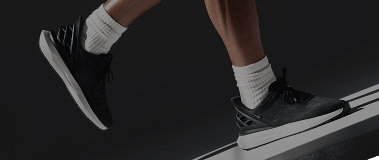
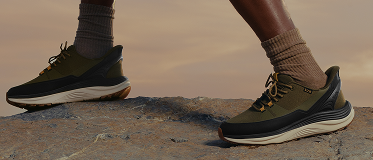
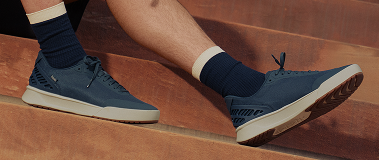
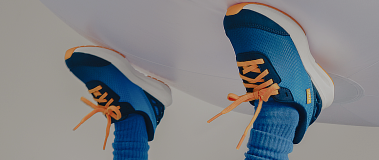
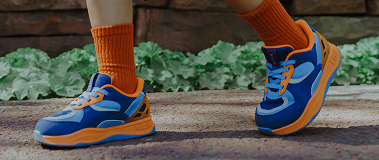
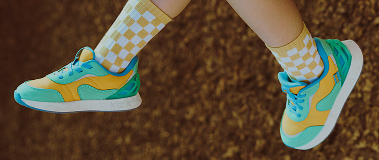

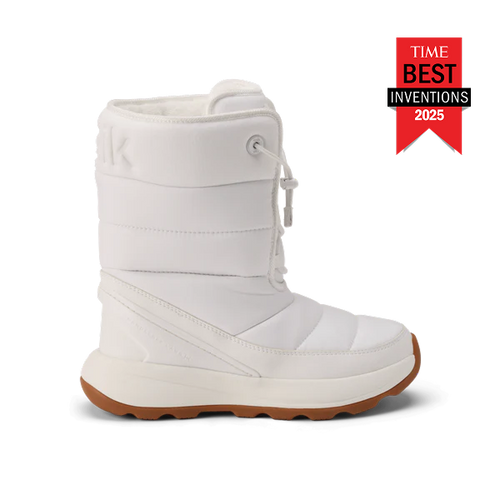


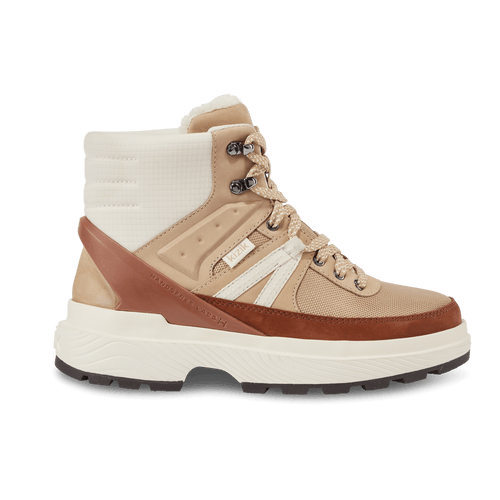
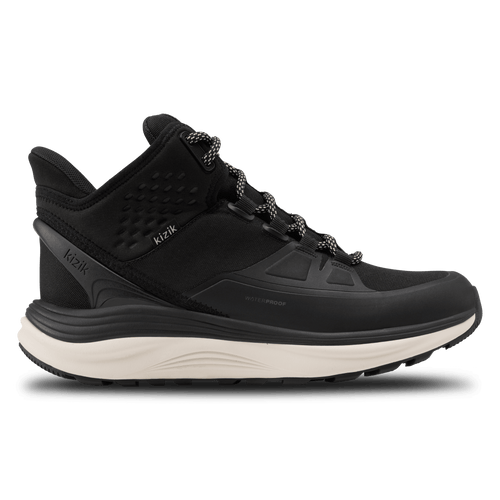








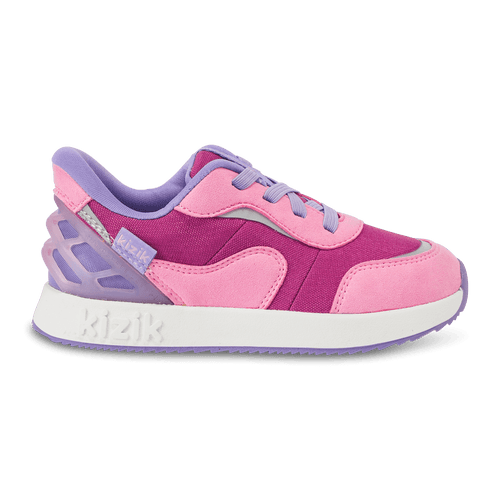




Leave a comment
This site is protected by hCaptcha and the hCaptcha Privacy Policy and Terms of Service apply.